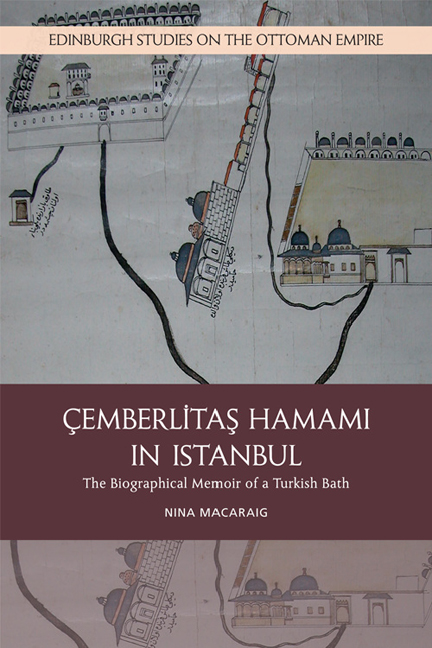Book contents
- Frontmatter
- Contents
- List of Tables
- List of Figures
- Preface
- Acknowledgements
- Note on Transliteration
- Introduction
- 1 Ancestry
- 2 Family
- 3 From Birth to Breadwinner
- 4 Impressions and Identity
- 5 In Sickness and in Health
- 6 Old Age
- 7 Second Spring
- Epilogue
- Appendix: Endowment Deed of the Atik Valide Vakfı (VGM, D. 1766)
- Notes
- References
- Index
1 - Ancestry
Published online by Cambridge University Press: 28 April 2021
- Frontmatter
- Contents
- List of Tables
- List of Figures
- Preface
- Acknowledgements
- Note on Transliteration
- Introduction
- 1 Ancestry
- 2 Family
- 3 From Birth to Breadwinner
- 4 Impressions and Identity
- 5 In Sickness and in Health
- 6 Old Age
- 7 Second Spring
- Epilogue
- Appendix: Endowment Deed of the Atik Valide Vakfı (VGM, D. 1766)
- Notes
- References
- Index
Summary
It describes the most exalted valide sultan, Nurbanu Sultan, wife to Sultan Selim Khan and mother to Sultan Murad Khan, her deeds and character and her benevolence and kindness, without which the hamam would not exist. And it briefly describes the most excellent of Ottoman chief architects, Sinan, and the architects of the imperial chamber who built this pleasurable hamam with a thousand efforts. And it describes the hamam's noble ancestry, its şeref-i haseb ü neseb, how its form – the three joy-giving halls, the lofty dome, the genial heating system – developed from the Roman to the Arab lands, from the domains of the Seljuks in Iran and Anatolia to the well-protected domains of the House of Osman.
The Patroness: Nurbanu Sultan
Almost six decades before Çemberlitaş Hamamı came into being, in 1537, the Ottoman fleet under Admiral Hayreddin Barbaros raided the Greek islands of the Aegean and brought back to Istanbul 2,000 captured slaves. One of these slaves was to be Nurbanu Sultan, then a girl of no more than twelve years. We know nothing certain about her early life, and historians have constructed two different versions of her biography. In the first version – and the one advocated by Nurbanu herself – she was Cecilia Venier-Baffo, the illegitimate daughter of the Venetian governor of Paros, Nicolo Venier, and the noblewoman Violante Baffo. To bolster the story about her Venetian descent, Nurbanu claimed to remember her family's palace on the Grand Canal, but when the Venetian Senate tried to establish Nurbanu's ancestry on one occasion, their investigators could not arrive at any conclusive findings. The inability of the Venetian Senate to find any evidence on Nurbanu's family origins points to the second version. According to that second version, she was a Greek girl from the Venetianruled island of Corfu, by the name of Kale Kartanou. Once the Corfiote girl had entered the imperial harem, she might very well have elevated her status by claiming to be a member of Corfu's Venetian ruling elite.
A more recent study has called this second version ‘rather far-fetched’, and explains that her being described as Corfiote may derive from her being born on Paros but raised on Corfu.
- Type
- Chapter
- Information
- Cemberlitas Hamami in IstanbulThe Biographical Memoir of a Turkish Bath, pp. 24 - 51Publisher: Edinburgh University PressPrint publication year: 2018

